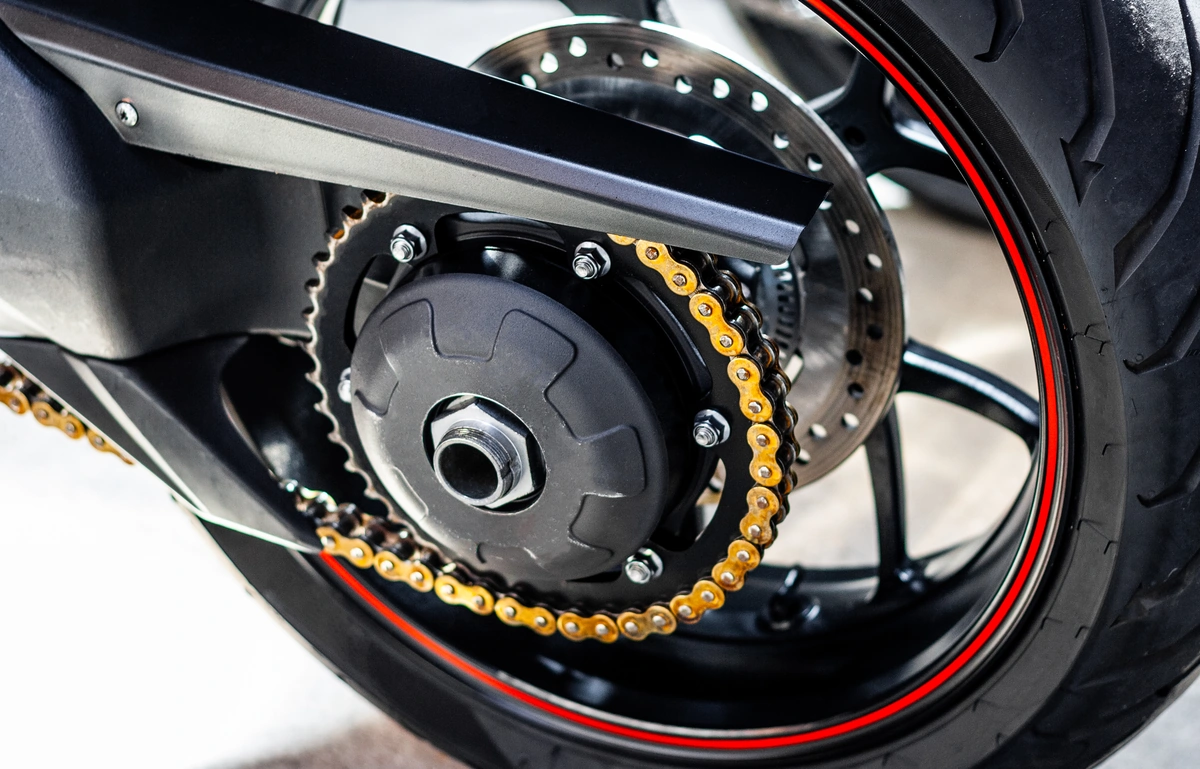
As electric motorcycles surge in popularity, understanding the different motor types fueling their sustainable performance becomes increasingly vital. This comprehensive essay delves into the two prominent motors used in electric motorcycles: hub motors and mid-drive motors, highlighting their unique characteristics and suitability for various riding styles and terrains.
Hub Motors
Hub motors are integrated within the wheel hub, offering a sleek and simplified design. This seamless integration eliminates the need for a separate transmission system, contributing to greater efficiency and a lighter motorcycle. Key benefits of choosing a hub motor include:
Simplicity
- Direct-drive configuration eliminates transmission-related complexity.
- Maintenance requirements are significantly reduced.
Lightweight Design
- Compact form factor minimizes overall weight, enhancing maneuverability.
- Ideal for urban riding, simplifying stop-and-go scenarios.
Cost-Effective
- Reduced complexity translates to lower manufacturing and servicing costs.
- Perfect for budget-conscious riders seeking a reliable and efficient motorcycle.
Limitations of Hub Motors
However, hub motors inherently possess certain limitations. These include:
- Limited torque output compared to mid-drive motors.
- Reduced unsprung weight impacting handling and suspension performance.
- Compatibility restricted to specific wheel sizes and designs.
Mid-drive Motors
Mid-drive motors reside within the motorcycle frame, typically positioned between the battery and the rear wheel. This configuration unlocks a wide array of benefits, including:
Enhanced Performance
- Delivers superior torque output for acceleration and high-speed riding.
- Ideal for power-hungry riders and those seeking thrilling off-road adventures.
Improved Weight Distribution
- Contributes to balanced weight distribution, enhancing handling and stability.
- Offers superior feedback and control during demanding riding conditions.
Versatility
- Compatible with a broader range of wheel sizes and designs for customization.
- Grants riders greater flexibility in tailoring their motorcycle's configuration.
Considerations for Mid-drive Motors
However, certain trade-offs emerge with a mid-drive motor:
- Increased complexity necessitates more involved maintenance procedures.
- Greater weight may affect overall handling and agility, especially for newbies.
- Higher cost compared to hub motors due to greater complexity and components.
Choosing the Right Motor
Ultimately, deciding between a hub motor or a mid-drive motor for your electric motorcycle journey depends on a combination of factors.
Desired Performance
- Prioritize agility and low-speed maneuverability? Choose a hub motor.
- Crave raw power and exhilarating acceleration? Opt for a mid-drive motor.
Range Requirements
- Consider how far you plan to travel on a single charge.
- Higher-power mid-drive motor could offer greater range with larger battery capacity.
Riding Style & Terrain
- Urban commuting favors the lightweight and agile nature of a hub motor.
- Adventurers conquering diverse terrains benefit from a potent mid-drive motor.
Conclusion
Understanding the distinct characteristics and applications of hub and mid-drive motors empowers riders to choose the ideal partner for their electric motorcycle journey. Whether prioritizing seamless city commutes or conquering challenging trails, selecting the right motor unlocks optimal performance and a truly satisfying riding experience. As electric motorcycle technology evolves, motor advancements guarantee even greater efficiency and enthralling journeys in the heart of sustainable transportation.

Leave A Comment